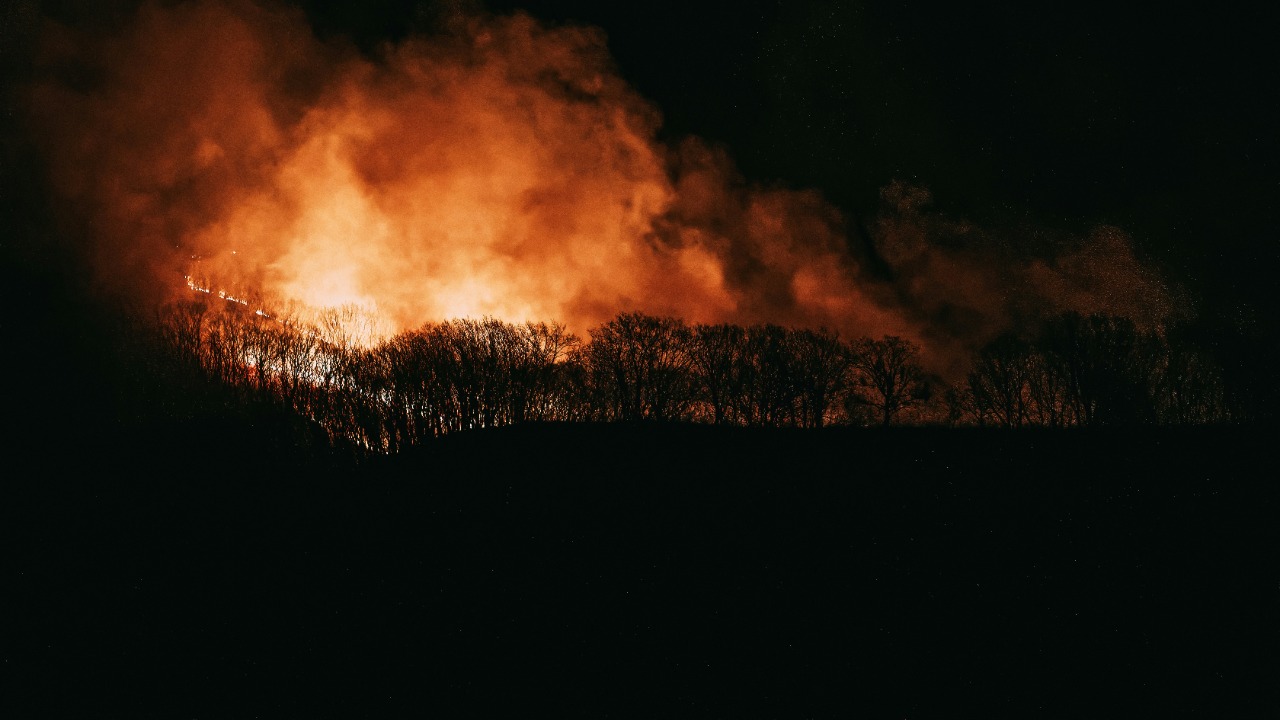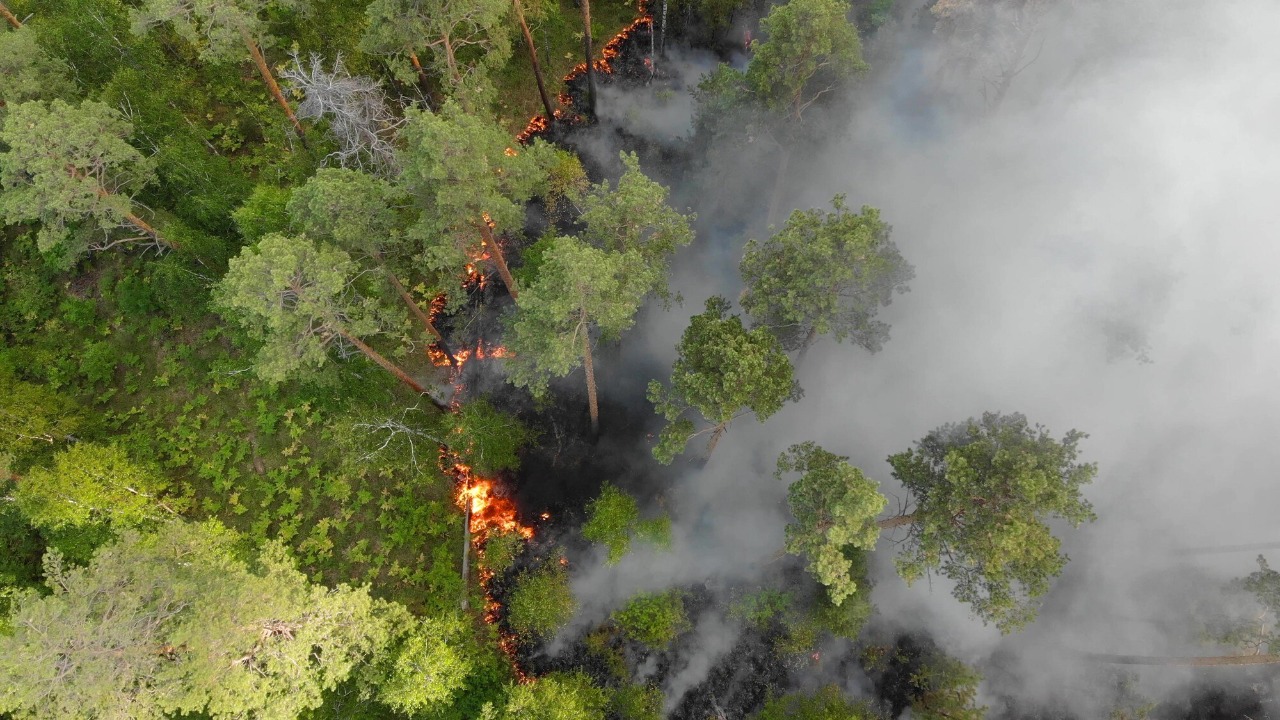
Recent studies have shown that wildfires are a significant contributor to the unprecedented rise in atmospheric CO₂ levels. These natural disasters are accelerating climate change at an alarming rate, posing serious implications for global carbon emissions and climate policy. Understanding the intricate relationship between wildfires and CO₂ emissions is crucial in addressing the global climate crisis effectively.
The Role of Wildfires in CO₂ Emissions

The increase in frequency and intensity of wildfires across the globe is a pressing concern. According to a recent report by The Guardian, wildfires have become a major source of CO₂ emissions, contributing significantly to the record levels of atmospheric carbon dioxide. The data suggests that the number of wildfires has surged in recent years, with more severe and widespread fires occurring in regions like Australia, the Amazon rainforest, and the western United States.
Several factors contribute to the increased severity of wildfires. Prolonged droughts and heatwaves, often linked to climate change, create the perfect conditions for fires to ignite and spread rapidly. These extreme weather events dry out vegetation, turning it into highly flammable fuel. Climate change plays a dual role by not only creating conditions conducive to wildfires but also by being exacerbated through the CO₂ emissions these fires release, forming a vicious cycle that intensifies global warming.
Record Levels of Atmospheric CO₂

Data from air monitoring stations worldwide have recorded unprecedented increases in atmospheric CO₂ levels. A study published in New Scientist highlights that these record levels are largely driven by the emissions from wildfires. The 2023 data from the World Meteorological Organization indicated a new record high in greenhouse gas concentrations, underscoring the significant contribution of wildfires to this alarming trend.
The impact of these record CO₂ levels is far-reaching, affecting global climate patterns and contributing to more frequent and severe weather extremes. The increase in CO₂ enhances the greenhouse effect, trapping more heat in the Earth’s atmosphere and leading to rising global temperatures. This warming trend not only influences weather patterns but also poses a threat to biodiversity, agriculture, and human health, creating an urgent need for comprehensive climate action.
The Science Behind CO₂ Emissions from Wildfires

The process of carbon release during wildfires is a complex interplay of biological and chemical reactions. When vegetation burns, carbon stored in trees and plants is released into the atmosphere as CO₂, a potent greenhouse gas. According to research published in Nature, the carbon stored in forests over decades is released in a matter of days during a wildfire, contributing significantly to atmospheric CO₂ levels.
This release of CO₂ from wildfires creates a feedback loop, exacerbating climate change. As CO₂ levels increase, so does the Earth’s temperature, leading to drier conditions and more frequent heatwaves. These conditions, in turn, fuel more wildfires, perpetuating a cycle of increasing emissions and warming. Understanding this feedback mechanism is crucial for developing effective strategies to break the cycle and mitigate the impact of wildfires on the climate.
Implications for Global Climate Policy

The spike in CO₂ levels from wildfires is reshaping international climate agreements and highlighting the urgency of reducing global carbon footprints. The World Meteorological Organization has emphasized the need for immediate and effective measures to curb emissions and mitigate climate change impacts. This includes enhancing wildfire management strategies and integrating them into global climate action plans.
Current wildfire management strategies often fall short in addressing the increasing threat of climate-induced wildfires. More comprehensive approaches are needed to prevent and manage wildfires, including improved early warning systems, strategic fuel management, and increased funding for firefighting resources. International collaboration is essential to share knowledge, resources, and technologies that can help mitigate the impact of wildfires on the climate.
Future Outlook and Mitigation Strategies

Looking forward, a combination of technological and natural solutions is critical to mitigating CO₂ emissions from wildfires. Reforestation and afforestation efforts can help absorb CO₂ from the atmosphere, restoring ecosystems and enhancing biodiversity. Additionally, advancements in carbon capture and storage technologies offer promising solutions for reducing atmospheric CO₂ levels. These technologies capture and store emissions from wildfires and other sources, preventing them from contributing to global warming.
Global cooperation is crucial in addressing the dual challenges of wildfire management and climate change reduction. Collaborative efforts can lead to the development and implementation of effective strategies, policies, and technologies that mitigate the impact of wildfires on the climate. By working together, nations can enhance their resilience to climate change, protecting ecosystems, economies, and communities from the devastating effects of wildfires and global warming.